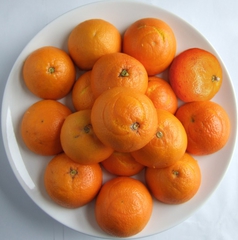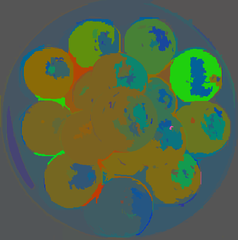Scene Illumination as an Indicator of Image Manipulation
 |
 |
The colors that are observed in an image are a combination of the object colors, the illumination colors, and the internal camera processing. Researchers in color constancy aim to neutralize the illumination color to obtain as pure as possible color information about the objects. To achieve this goal, oftentimes the color of the illuminant is estimated and discounted in a subsequent processing step.
In image forensics, a slightly different approach may yield promising insights. If an image is spliced, it may be the case that it has been captured in a different environment, particularly under different illumination and with a different camera (or different camera settings). Hence, if an illuminant color estimator is applied locally to different image regions, it might turn out that the estimates are inconsistent relatively to each other.
We investigated this assumption in two studies. In our 2010 information hiding paper, we proposed to apply a physics-based illuminant color estimator locally to image patches for exposing image splicing. For this task, we created an artificial image, called illuminant map, that visualizes the local illuminant color estimates.
However, interpreting illuminant maps is somewhat difficult in general. Hence, it may be beneficial to consider a more constrained scenario, where only illuminant estimates on faces are considered (assuming faces approximately consist of the same underlying material). In our 2013 TIFS paper, we present a machine learning scheme to expose spliced images containing multiple faces.
- The information hiding paper is available
 here.
here. - The TIFS paper is available
 here.
here. - The code for creating the illuminant maps can be downloaded
 here. For installation and usage of the code, please have a look at the included README.txt.
here. For installation and usage of the code, please have a look at the included README.txt.
The code is free to use for research purposes. If you use the code, please cite one of the papers
- Christian Riess and Elli Angelopoulou: "Scene Illumination as an Indicator of Image Manipulation", Information Hiding Conference, Calgary, Canada, June 2010, pp. 66-80.
- Tiago Carvalho, Christian Riess, Elli Angelopoulou, Helio Pedrini, and Anderson Rocha: "Exposing Digital Image Forgeries by Illumination Color Classification", IEEE Transactions on Information Forensics and Security, vol. 8, no. 7, pp. 1182-1194, July 2013.


 +49-9131-85-27775
+49-9131-85-27775
 +49-9131-85-27270
+49-9131-85-27270
